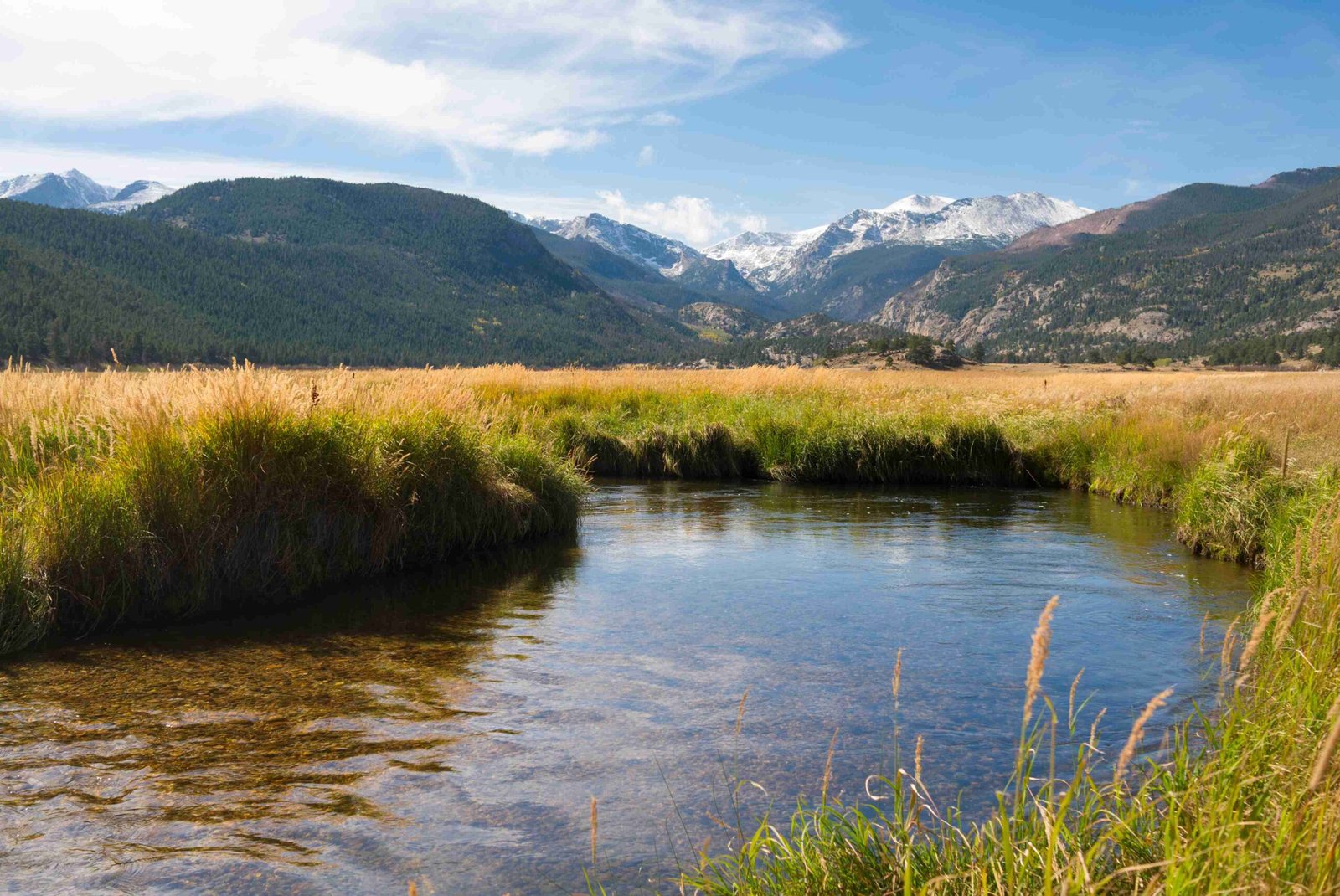Mount Audubon, located in the Indian Peaks Wilderness adjacent to Rocky Mountain National Park, is a popular hiking destination offering stunning panoramic views. At 13,223 feet (4,030 meters), it’s one of the more accessible 13ers in the area. The trail begins at the Mitchell Lake parking lot and covers approximately 8 miles round trip. While not technically within Rocky Mountain National Park boundaries, Mount Audubon shares similar ecosystems and offers comparable hiking experiences.
What Makes Mount Audubon Unique?

Mount Audubon stands out as one of the easier 13ers to hike in the area, making it a popular choice for both seasoned hikers and those new to high-altitude treks. Its proximity to Rocky Mountain National Park and its location within the Indian Peaks Wilderness provide hikers with a taste of the region’s diverse landscapes and ecosystems.
Key features include:
- Panoramic views of the Indian Peaks Wilderness and Rocky Mountain National Park
- A well-maintained trail that reaches close to the summit
- Diverse ecosystems, from subalpine forests to alpine tundra
How Do I Access the Mount Audubon Trail?

The journey to Mount Audubon begins at the Mitchell Lake parking lot in the Brainard Lake Recreation Area. Here’s a breakdown of the trail:
- Start on the Beaver Creek Trail
- After 1.7 miles, turn west onto the Mount Audubon Trail
- Continue above timberline into the tundra
- Reach a saddle below the summit
- Climb the final half-mile of steep talus to the summit
| Trail Section | Distance | Terrain |
|---|---|---|
| Beaver Creek Trail | 1.7 miles | Forested |
| Mount Audubon Trail | ~2.3 miles | Tundra |
| Final Ascent | 0.5 miles | Steep talus |
What Wildlife Can I Expect to See?
While Mount Audubon isn’t within Rocky Mountain National Park, it shares similar wildlife. Visitors might encounter:
- Elk
- Moose
- Bighorn sheep
- Marmots
- Ptarmigan
- Eagles
The best times for wildlife viewing are typically early morning and late afternoon when animals are most active.
When Is the Best Time to Visit Mount Audubon?
The optimal time to visit Mount Audubon is from mid to late June through early fall. Here’s why:
- Trail is generally free of snow
- Special equipment isn’t needed
- Weather is more stable
However, be prepared for:
- Potential afternoon thunderstorms
- Crowded conditions on weekends
- Seasonal road closures (Brainard Lake Road)
How Does Mount Audubon Compare to Other Peaks in the Area?
Mount Audubon stands out among nearby peaks for several reasons:
- Accessibility: It’s one of the easier 13ers to hike in the area.
- Trail Condition: A well-established trail leads nearly to the summit.
- Views: Offers panoramic vistas of the Indian Peaks Wilderness and Rocky Mountain National Park.
- Elevation: At 13,223 feet, it’s a significant peak without requiring technical climbing skills.
What Should I Pack for a Mount Audubon Hike?
Given the altitude and potential weather changes, proper preparation is crucial. Here’s a suggested packing list:
- Plenty of water (at least 2-3 liters per person)
- High-energy snacks
- Sun protection (sunscreen, hat, sunglasses)
- Layers of clothing (including a waterproof layer)
- Sturdy hiking boots
- Trekking poles (optional, but helpful for the steep sections)
- First aid kit
- Map and compass (or GPS device)
How Can I Practice Leave No Trace Principles on Mount Audubon?
Preserving the natural beauty of Mount Audubon and the surrounding wilderness is crucial. Follow these Leave No Trace principles:
- Plan ahead and prepare
- Travel and camp on durable surfaces
- Dispose of waste properly
- Leave what you find
- Minimize campfire impacts
- Respect wildlife
- Be considerate of other visitors
What Are the Parking and Permit Requirements?
Accessing Mount Audubon requires some planning:
- An entrance fee is required for the Brainard Lake Recreation Area
- Parking is available at the Mitchell Lake trailhead
- Arrive early, especially on weekends, as parking can fill up quickly
- Check for any seasonal road closures or restrictions
How Can I Prepare for High Altitude Hiking?
Mount Audubon’s summit sits at 13,223 feet, which can pose challenges for those not accustomed to high altitudes. Here are some tips:
- Acclimatize by spending a day or two at lower elevations in the area
- Stay hydrated
- Pace yourself and take frequent breaks
- Be aware of altitude sickness symptoms (headache, nausea, dizziness)
- Turn back if symptoms persist or worsen
Remember, while Mount Audubon isn’t technically within Rocky Mountain National Park, it offers a similar high-altitude hiking experience and requires the same level of preparation and respect for the environment.

